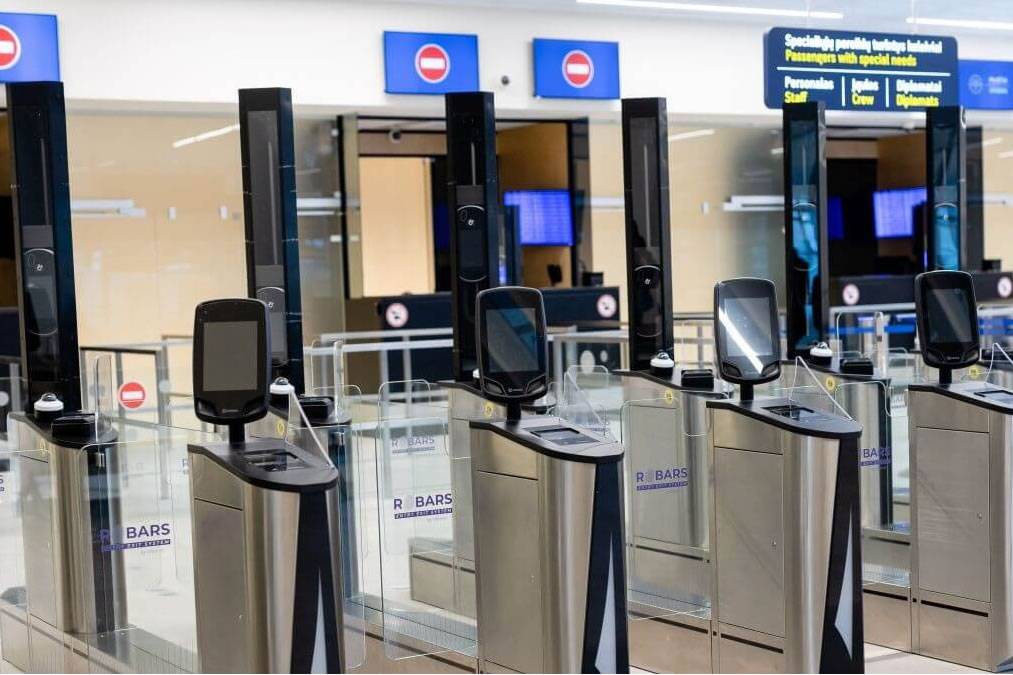EU confirms launch date for new Entry/Exit System
- 27-08-2024
- Travel
- Canarian Weekly
- Photo Credit: Schengen News
The European Union has officially confirmed the launch of its new Entry/Exit System (EES), set to go live on November 10th, 2024. This announcement was made by European Commissioner for Home Affairs, Ylva Johansson, during a speech at eu-LISA, the EU agency responsible for the operational management of large-scale IT systems in the area of freedom, security, and justice.
The EES will modernise how foreign travellers are processed when entering and exiting the EU, replacing the current system of manual passport stamping, and will speed up the process by reducing queues and waiting times.
The new system is expected to impact around 700 million travellers entering Europe a year. It will register each traveller's name, type of travel document, biometric data (fingerprints and facial images), as well as the date and location of their entry and exit. This system will apply to all non-EU citizens entering for short stays, whether they require a visa or not.
In her speech, Commissioner Johansson highlighted the system's significance for enhancing the security of the EU's 450 million citizens. She also noted that the EES is in the final testing phase, ensuring readiness for the November launch.
The primary goals of the EES include improving border management, reducing irregular migration, and increasing the safety of European citizens. It will also aid in identifying individuals who overstay their visas or number of permitted days, and those who attempt to enter the EU using fraudulent documents.
The data collected will be securely stored for three years, meaning travellers will not need to register each time they enter or leave the EU.
Key Features of the EES:
1. Automated Data Collection:
- The EES records the personal data, travel documents, and biometric data (fingerprints and facial images) of non-EU travellers when they cross the EU's external borders.
- It automatically registers the date and place of entry and exit, eliminating the need for passport stamps.
2. Purpose:
- The primary purpose of the EES is to enhance the security and efficiency of border checks, help prevent irregular immigration, and monitor overstays more effectively.
- The system ensures that non-EU citizens comply with the 90/180-day rule (which limits stays in the Schengen Area to 90 days within any 180-day period).
3. Targeted Travellers:
- The system applies to all non-EU citizens, including visa-exempt travellers and those requiring short-stay visas.
- It does not apply to long-term residents, family members of EU citizens, or individuals holding residence permits or long-stay visas.
4. Impact on Border Crossings:
- Travellers from non-EU countries will need to provide their biometric data and have their entry/exit recorded automatically each time they cross an external EU border.
- This process will be largely automated, using self-service kiosks or e-gates at many border crossings.
5. Interoperability with Other Systems:
- The EES will be connected to other EU databases, such as the Schengen Information System (SIS), the Visa Information System (VIS), and the forthcoming European Travel Information and Authorisation System (ETIAS).
- This interconnectedness enhances the overall security architecture, allowing for better information sharing and risk assessment.
6. Data Retention:
- The data collected by the EES will be retained for a period of three years for travellers who exit the EU within the authorised time and five years for those who overstay.
7. Privacy and Data Protection:
- The system complies with the EU's stringent data protection rules. Access to the data is restricted to authorized national authorities, and there are strict controls on how the data can be used.
Benefits and Challenges:
- Benefits:
- Improved security and border management, with enhanced ability to detect overstay violations.
- Faster and more efficient processing of travellers at borders.
- Reduction in administrative burdens for border guards.
- Challenges:
- Implementation complexity, especially in ensuring that all border crossing points are equipped with the necessary technology.
- Concerns about data privacy and the potential misuse of biometric information.
- Possible delays during the initial rollout as both border authorities and travellers adjust to the new system.
The EES is a major step in the EU's efforts to secure its borders while facilitating smoother travel for legitimate travellers. It is expected to be fully operational soon, making border crossings into the EU more efficient and secure.
Other articles that may interest you...
Trending
Most Read Articles

Featured Videos
A Vision of Elvis Tenerife Promo
- 10-05-2025
TEAs 2025 Highlights
- 17-11-2025

























































